
Boron Carbide for Use in Industrial and Life Saving Products
The elemental purity of boron carbide can be measured using several methods offered by Eurofins EAG Laboratories
Home » From Rock to Rare Series: Part 2 – Refining
In Part 1 of our Rare Earth Element (REE) blog series, we explored the complexity of mining and the growing landscape of U.S.-based REE production. Now, in Part 2, we move deeper into the supply chain, specifically the refining stage, where the real value of rare earths begins to emerge. As raw earth ore becomes refined REE metals, the stakes for achieving analytical accuracy and trace element purity rise dramatically. EAG Laboratories specializes in helping clients navigate the rigorous demands of REE refining with analytical techniques that go far beyond routine testing.
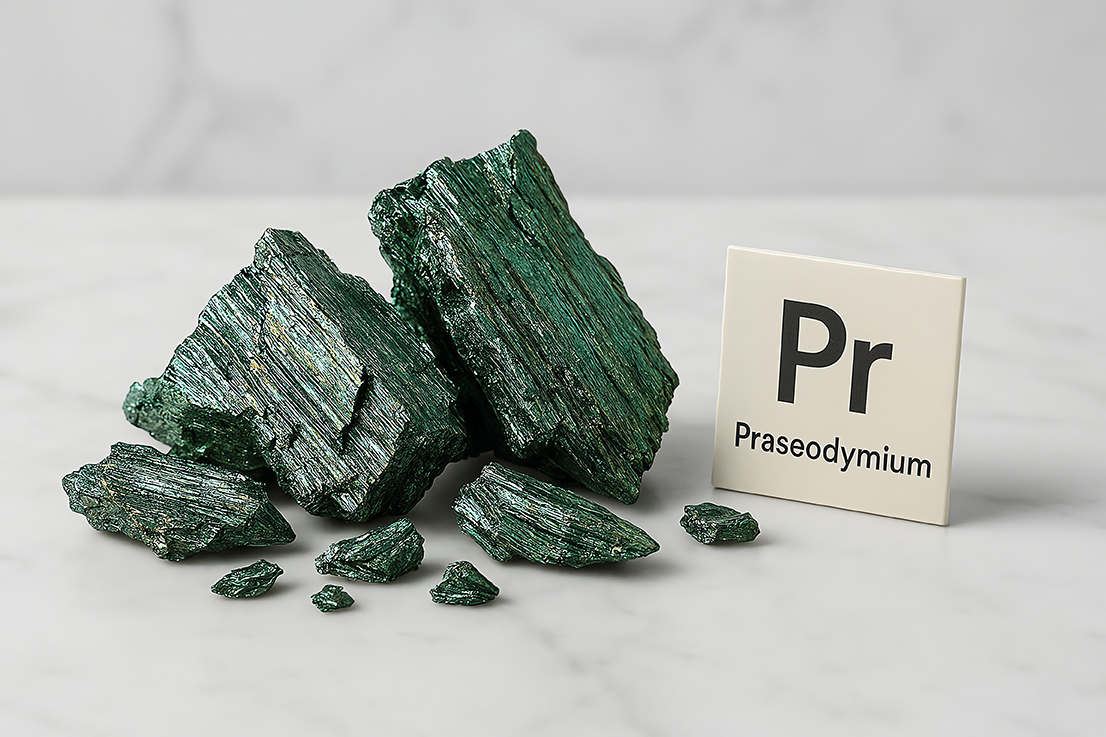
Before REEs can be used in high-performance technologies, the REE-bearing minerals must be liberated from the host rock, converted into a concentrate, and purified into individual elements. This transformation begins with beneficiation: a combination of mechanical and chemical processes that increase the grade of the ore while separating out waste materials, called gangue, as tailings. Concentrated, mixed rare earths are eventually isolated into individual elements or pairs of elements as oxides or metals.
Beneficiation processes are tailored to the specific ore deposit being exploited; a general example workflow includes:
The final result of this process is refined, concentrated products like neodymium-praseodymium (NdPr) oxide and neodymium-praseodymium (NdPr) metal.
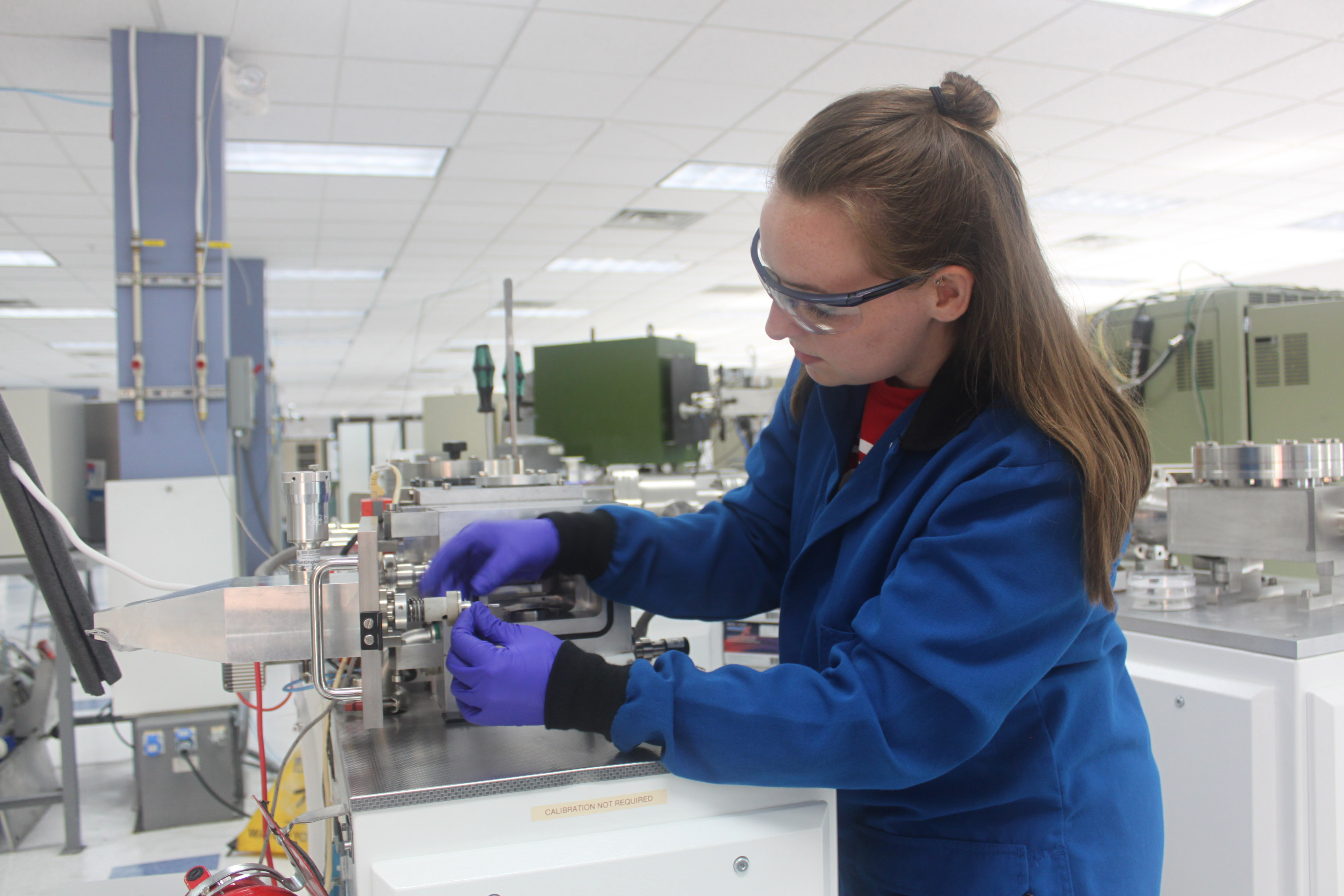
REE concentrates can be products in their own right and are often subject to in-house manufacturer analysis and third-party verification at a commercial lab, using tools like X-Ray Fluorescence (XRF) or Inductively Coupled Plasma-Optical Emission Spectrometry (ICP-OES). These techniques ensure buyers and sellers are aligned on major element composition. However, when the product is further downstream, such as NdPr metal, compositional analysis must be far more thorough. Techniques like Glow Discharge Mass Spectrometry (GDMS) and Inductively Coupled Plasma-Mass Spectrometry (ICP-MS) measure impurities down to sub-part per million concentrations.
Many labs offer routine quality control services, but what happens when a REE refiner or end-user encounters a non-routine problem? That’s where EAG Laboratories can offer deeper value. We excel in specialized applications that require analytical finesse and expertise, such as:
As global demand for ethically sourced materials grows, the traceability of REE concentrates and refined metals is becoming a market differentiator. Using elemental concentration profiles and isotope ratio “fingerprinting,” EAG Laboratories can help mining and refining firms prove the origin of their products. Our experts support companies participating in government contracts, defense supply chains, and ESG-driven investment portfolios. These elemental and isotopic fingerprints can:
Mistakes made during refining are costly to revenue and to a producer’s reputation. Poor mineral liberation, undetected contaminants, or inaccurate assessments of concentrate composition can lead to loss of revenue from yield processing, contaminated final products, regulatory setbacks, and customer disputes or rejected shipments.
The refining stage is where precision and purity converge, and EAG Laboratories is uniquely positioned to support clients that demand both.

The elemental purity of boron carbide can be measured using several methods offered by Eurofins EAG Laboratories
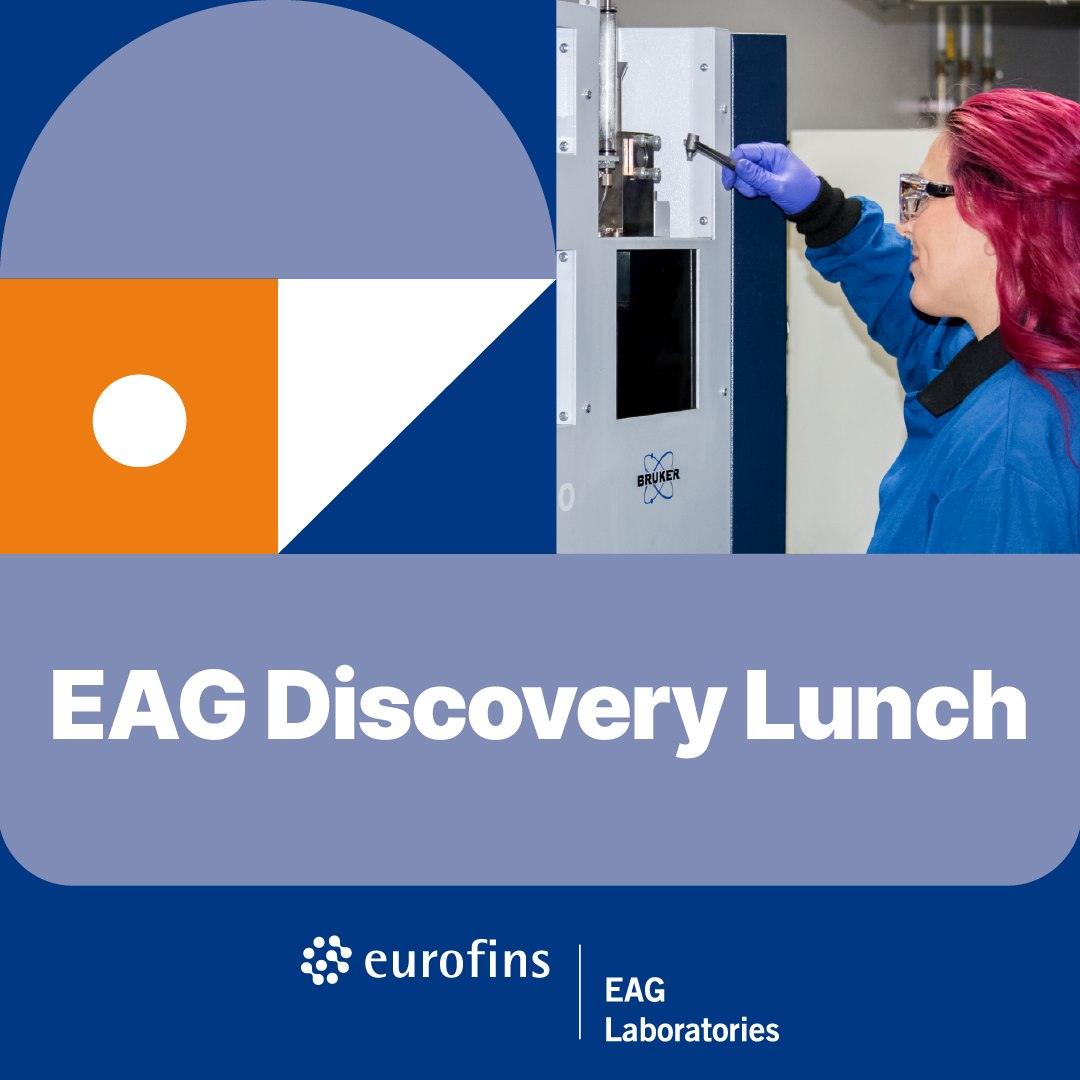
Join us for an engaging in-person event at our Syracuse/Liverpool, NY lab.
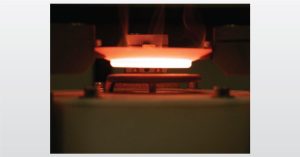
In the full webinar we will focus on Glass Analysis looking at Chemical and Physical Measurements to address manufacturing issues
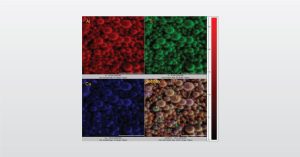
In this webinar we introduce analytical techniques used by EAG for surface analysis – XPS, Auger and TOF-SIMS
To enable certain features and improve your experience with us, this site stores cookies on your computer. Please click Continue to provide your authorization and permanently remove this message.
To find out more, please see our privacy policy.